Regardless of your age there’s no downside for you to be physically active. In fact, the older you get the more important it is for you to maintain your physical and mental health through exercise.
Let’s face it … we all fall into one of three categories: those that never stopped training, those who have lapsed in their training, and those that never trained at all. Although there are pros and cons to “belonging” each category, everyone must face the fact that aging creates unique challenges (and opportunities).
In this article, I discuss the differences between training in midlife and older adulthood versus younger ages, list specific physiological changes and explain what they mean, and provide useful tips for middle aged and older adults to consider when beginning (or re-starting) a training program.
” IT’S NEVER TOO LATE “
The 11 Components of Physical Fitness
There are two types of physical fitness: health-related (functional) physical fitness and skill-related (athletic ability) physical fitness. As you can see in the infogram, above, these broad categories are further divided into five health-related and six skill-related components.
Health Related Fitness enables you to become and stay physically healthy. Skill Related Fitness enhances your performance in athletic or sports events.
Training in martial arts enables you to improve these important components of physical fitness. Start where you are – you can only get better! The Global Martial Arts University (GMAU) has many options to help you reach physical fitness goals while also gaining unique skills.
Get Healthier With Combat Strong
Want to improve ALL health related fitness components? The GMAU Combat Strong program IS your solution!
We’re proud to offer this science-based fitness program led by athlete-scholar, Weston Titus. Weston is not only an accomplished athlete, he’s an excellent coach/instructor and a university faculty member with training in exercise physiology, nutrition, and sports performance. Bottom line: this guy “knows his stuff” and can motivate you to be a better and healthier version of yourself regardless of your age or current ability.
Weston’s instruction during each workout provides you with a science-based plan to improve specific fitness components, clear instructions for how to properly execute each exercise/movement, and adaptations for those who need them.
Anyone can do the workouts!
Get Healthier and Learn Life Changing Skills Through Martial Arts
Want to improve both health and skill-related fitness components? Try ANY one of the GMAU martial arts programs!
You can try ANY of our programs for FREE by setting up a “Beginner’s Account“.
And as a full (paid) GMAU student you have access to instructor-led, pre-recorded lessons (over 100 per course), and follow-along classes/workouts (more than 90 per course) found in our vast library of immediately available video content.
By using these resources and/or training on your own, you can easily reach the weekly physical-activity targets listed in the Physical Activity Guidelines for Adults.
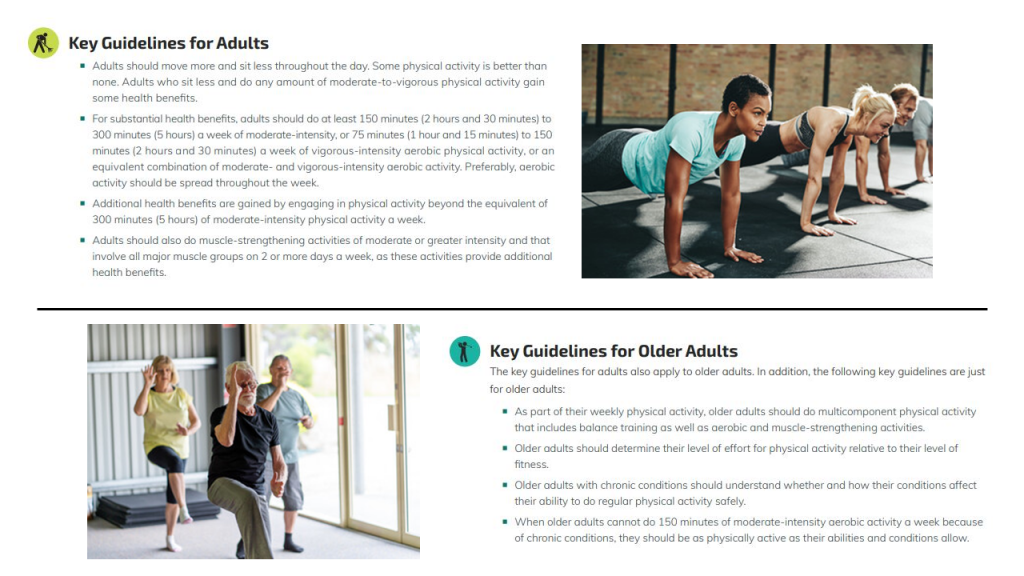
U.S. Department of Health and Human Services. (2018). Physical Activity Guidelines for Americans, 2nd edition. Washington, DC.
Photos from Adobe Stock by icsnaps & by Flamingo Images
NOTE: The Physical Activity Guidelines for Americans are based on a comprehensive review of scientific research about physical activity and health. These science-based Guidelines recommend a total amount of physical activity per week to achieve a range of health benefits. The 2018 (2nd edition) provides guidelines for people aged three years and older and summarizes the new knowledge gained from decades of published research studies.
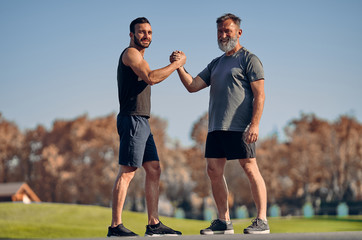
Source: Adobe Stock by realstock1
Training at Older Ages
With age we inevitably see changes in our bodies, energy levels, and abilities to recovery. We must therefore make intelligent decisions about what we eat and how we workout And we must be mindful about recovery and injury prevention.
Over time we lose flexibility. Our balance, coordination, and reaction times lessen, and we have a greater risk of falls and injury in general. We may experience metabolic problems like insulin sensitivity (impaired blood sugar levels) and issues like high blood pressure. It’s therefore important (for some) to seek medical clearance to begin an exercise program.
This tool developed and published by the American College of Sports Medicine is useful for determining if you need full medical clearance (or not) before you begin regular training.
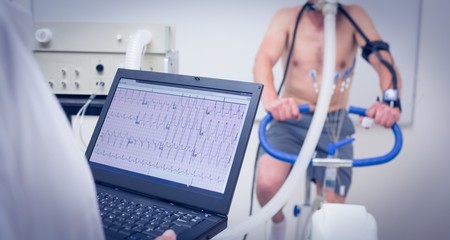
Source: Adobe Stock by WavebreakmediaMicro-1
Age-Related Physiological Changes
Let’s not beat around the bush here — the aging process (naturally) leads to reduced physical and skill related fitness, which leads to less overall functional ability.
Having said this, your level of physical activity in midlife and older adulthood is associated with your potential to maintain and/or improve your fitness.
How Aging Impacts Physical Fitness
- Decreased Cardiovascular Endurance: Decreases in aerobic capacity have been found after the age of 40 years, and by 65 it can be 30% lower.
- Decreased Muscular Endurance: Studies have determined a 20 to 40% decline in the oxygen uptake capacity of older skeletal muscle when compared with that of younger individuals.
- Decreased Muscular Strength: Muscle mass and strength may reduce by 30% – 50% between the ages of 30 and 80 years.
- Decreased Muscular Flexibility: Flexibility decreases 20% – 50% between 30 and 70 years of age.
- Increased Fat Mass + Decreased Muscle Mass: Muscle fibers decrease with aging while fat mass increases with age; even among individuals who are physically active, fat mass still increases about 2% – 2.5% per decade.
- Other Changes: Aging also leads to the loss of bone density, decrease in water content in tendons (making them stiffer), decrease in elasticity of ligaments, and thinning of cartilage between joints.
But There Is GOOD News!
Here’s a “bonus”: being active makes you live longer.
A meta-analysis (that combines the results of multiple scientific studies) of 33 studies, published in the Journal of the American Medical Association, showed that individuals in the lowest fitness categories had a 70% greater risk of death from all causes. Therefore, regular training can yield significant (and multiple) dividends!

Source: Adobe Stock by Vitalii Vodolazskyi
Training Tips
- Have a plan.
Making an action plan each week can help you plan specific steps for getting more exercise and prepare for things that might get in your way. Your action plan should be something you want to do, not something you think you should do. Make your plan realistic and action-specific. Make your plan something you can continue to do or build on over time. Make your plan something you know you can achieve; be realistic about your current fitness level. Think of exercises you can do now (start where you are). Want to know more about how to get started with this first step? Check out this resource we developed specifically for GMAU students. - Get (and stay) motivated.
James F. Sallis, San Diego State University Distinguished Professor Emeritus of Psychology, and colleagues studied physical activity for decades. Their research has revealed the most important characteristics of individuals who become and stayed physically active:- They have positive attitudes and think of training as an enjoyable break, not an imposition.
- They always have a “Plan B”; they expect obstacles and are prepared to overcome them.
- They self-reward and are sure to choose rewards that will not undermine all the hard work they’ve done.
- They ensure that their training is fun.
- They leverage support from their social network: they talk to significant others about their goals and progress and they engage with like-minded people.
For more tips, check out this resource we developed specifically for our GMAU students.
- Monitor progress toward goals.
At the end of each week, look back on what you’ve been able to achieve. Congratulate yourself on what went well. Then make a new plan for next week. You might be able to stretch your goals for next week by doing more of the things that worked. If you fell short of meeting your goal because things got in your way, find solutions that can help you get past your barriers next time.
Check out this great resource for creating and monitoring progress. - Recover.
Some key things to do that are invaluable for injury prevention and recovery are:
- Warm up and cool down before and after training
- Eat a balanced diet and stay hydrated
- Get enough sleep
- Avoid tobacco completely and limit alcohol intake
- Consider massage or heat/cold therapies to care for your aches and pains
- “Listen” to your body … if you’re noticeably sore or tired you can still train, but go light (this is actually called “active recovery”)
For more info check out this great science-based resource on recovery.
Get in and Stay in “The Game”
Behavioral science tells us a lot about motivation. And you don’t have to have a PhD to understand it. After all, it’s not rocket science (ba dum tss)!
Below are a few last tips for you to consider as additional tools to rev up your drive to “get after it” and stay on track.
Let’s keep it simple…
Without going into the complicated details of the Transtheoretical Model, notice that regardless of whether you’re someone who never stopped training, lapsed in your training , or never trained at all, this theory helps you understand what’s important to think about given your individual stage of motivational readiness.
Let’s take a quick look…
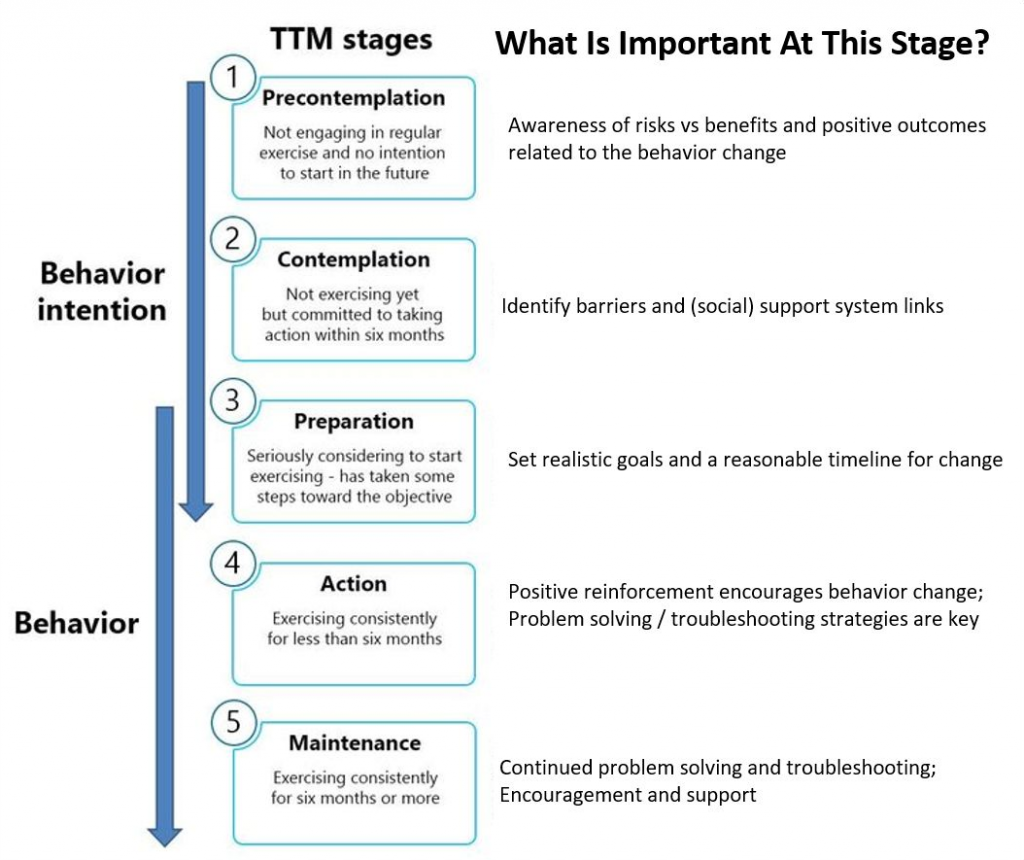
Transtheoretical Model (Stages of Change)
Behavioral Science Applied to Training Motivation
If you’ve never trained at all OR lapsed in your training and want to get back on track, focus on Stages 1 (prepare your mind / set your attitude “switch” to the positive position) and 2 (know what can derail your efforts + leverage the support of others to light a fire under your plan).
As you begin your training program, it’s important to focus on Stage 3 (set goals / have a plan).
Lastly, once you begin to rock and roll you have to stay motivated. Strategies listed under Stages 4 and 5 (positive reinforcement / problem solving / encouragement from others are key) are helpful.
Final Points
It’s important to know that the GMAU has ALL of these features embedded within (and across) its programs. Once you set your mind to martial arts training, not only can you proactively seek support from you immediate social network (i.e., family, friends) you’ll also get access to a new, international network of other GMAU students!
All GMAU programs have multiple social-support features, including direct interaction with instructors, a student locator (to find others near you), and the GMAU Community (full GMAU students only) Facebook page.
Use the resources provided in this article (see Training Tips, above) to create your own personalized plan to meet specific goals.
Lastly, you’ll get outstanding support from our instructors (and your fellow students) via the features I just listed.
Its now up to you to make a decision and take advantage of these amazing resources!
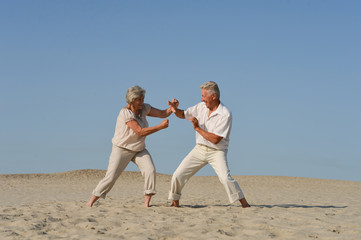




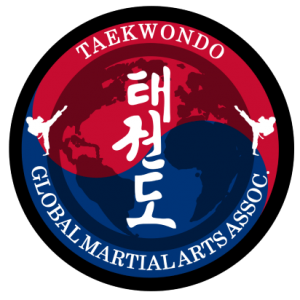


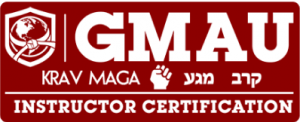



I know it sounds odd, but I also wear compression shirt and pants under my kimono, I found it very helpful in injury prevention. The compression and temperature regulation really does wonders to your body.
Rob – I do the same. I found high quality (and a size smaller) compression shorts especially useful when I was recovering from a groin strain.